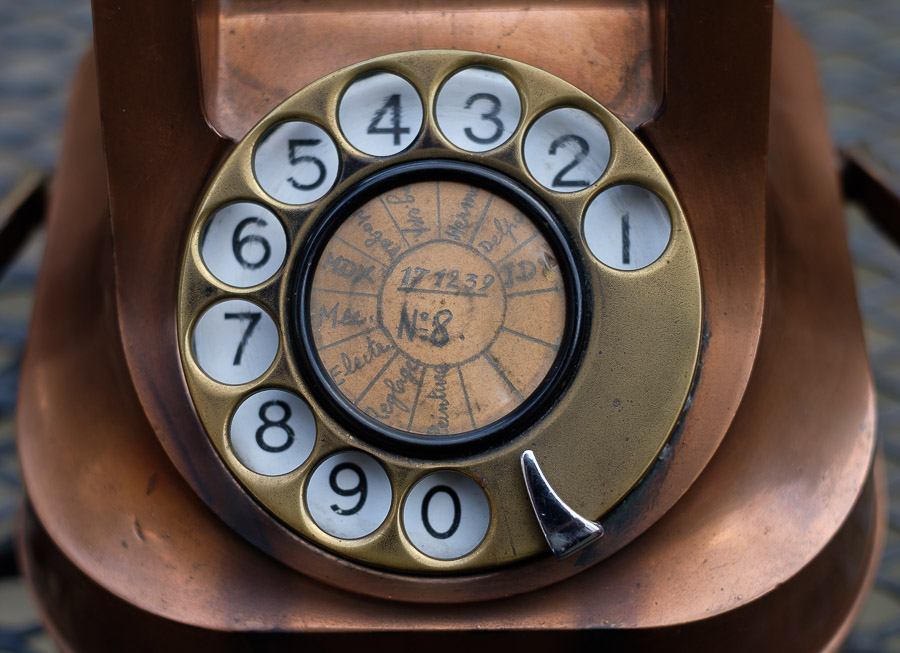One of my shortest recent posts generated quite a lot of discussion, both here and on Facebook. I wrote:
When we have proper and affordable self-driving vehicles, will that be the end of the railways?
Clearly there are some things that railways will do better for the foreseeable future, like long-range high-speed links, or carrying heavy freight. And don’t get me wrong: I like train journeys. But it seemed to me that the key reasons people currently take trains for normal day-to-day journeys — wanting to read en route, a lack of parking at their destination, avoiding congestion — could very soon be overcome when, for example, your car can go and valet-park itself after dropping you off at the office.
And the disadvantages of train travel: the fact that instead of going from point A to point B, you have to go at least from point A to point B to point C to point D, possibly waiting on a cold platform at point B for an indeterminate period, and not being sure whether you’ll get a seat from point C to B on the return journey. Will it be worth the hassle?
One of my assumptions is that traffic congestion will become less of an issue when cars are smarter, of course, which may not be a valid one, especially if lots of train travellers take to their cars instead.
There’s an interesting question as to whether lots of small independent agents trying to meet their own goals are going to result in an optimal solution for road congestion as a whole. We may start off with vehicles that are pretty autonomous initially, but become less so in due course, as the road infrastructure starts to adapt to them. Network packets on the internet know their destination, but it’s the routers (the junctions) that tell them which exit from the roundabout to take.
Will the Department of Transport manage overall use of the network better than each individual car? Well, that depends on who has the better computer scientists, of course! But it also depends on the amount of knowledge each vehicle can get about the overall road network, and, of course, on how selfish your car is: will it decide that the needs of the many outweigh the needs of the one (or the few)?
Perhaps we need Altruistic Autonomous Vehicles? (You heard it here first!) There could be financial incentives to encourage this. You get lower road tax if your car agrees to obey centrally-prescribed rules at times of high congestion. Perhaps you get to use the high-speed autonomous-only lanes if you’re willing to hand over to the cloud-based algorithms. Of course, this could open up all sorts of wonderful opportunities for hackers, too. Remember the movie?
Anyway, perhaps congestion will be less of an issue, but for a completely different reason. If you can be having a coffee, working on your laptop and taking Skype calls while you slip quietly along in your electric car, you may be more productive than if you’d got to the office on time.




Recent Comments